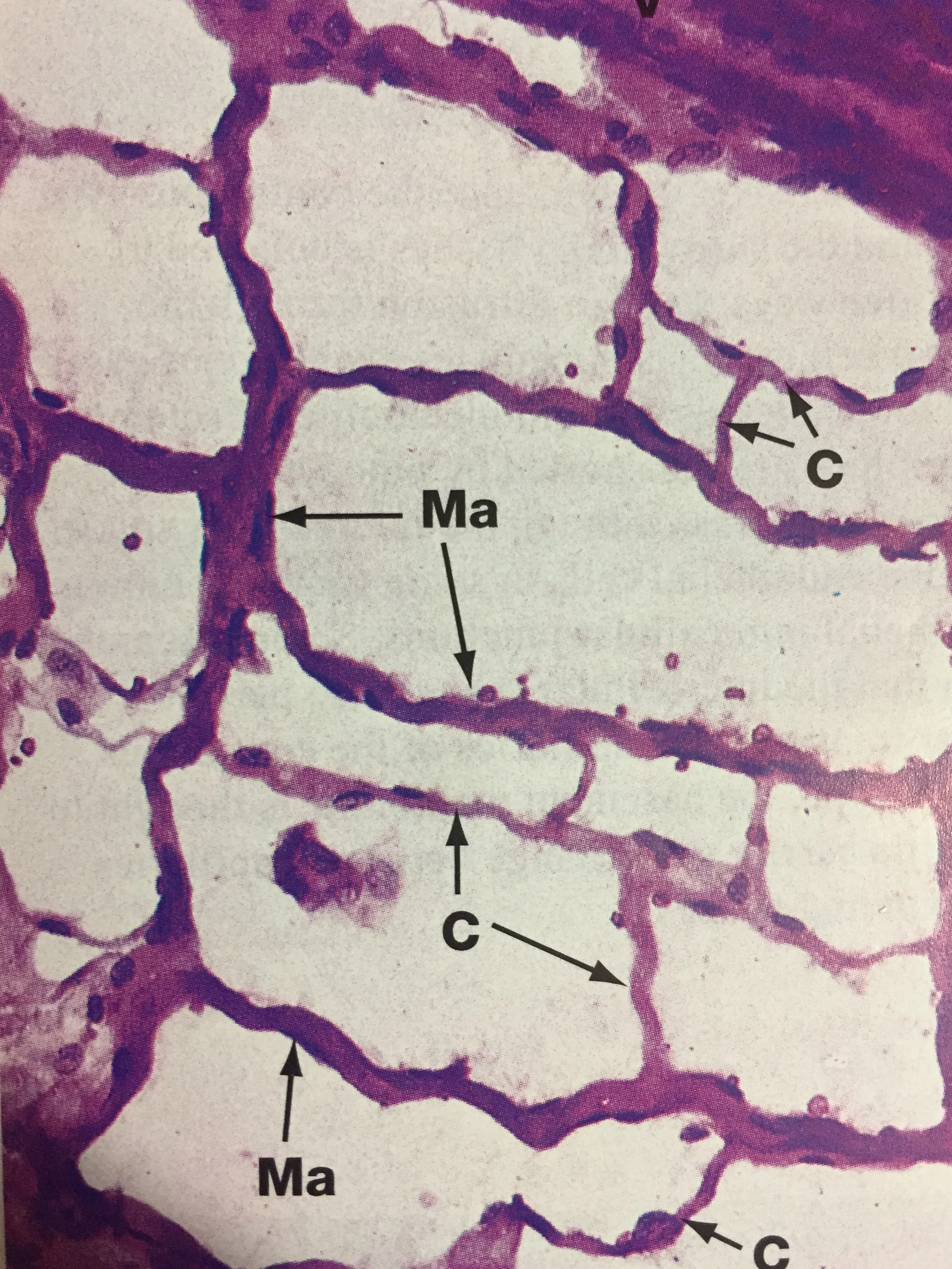High Roller
Foam rolling and myofasial self release has garnered a lot of attention lately. It has seen widespread use by trainers, coaches and physiotherapists alike (including this Vancouver Physiotherapist) . There are some mixed results in the evidence for its application showing long term results, in the short term it shows to improved range of motion, and enhance with the perception of muscle soreness. However the exact cellular mechanisms remain unknown. It has been proposed and somehow widely excepted that the changes exist within fascial deformation, hence the name mysofascial self release. Although there are no true physiological studies to support the fascial theories and a quick delve into the mechanics of fascia can quickly dispel the fascial connection.
Anastomosing network of capillaries between an arteriole and venule. An important transition point in the pathway of blood flow on its journey between the tissues as well as to and from the heart. Taken from Wheaters Functional Histology 2006 pg 159
Which brings me to my main piece. The role of blood flow in the foam rolling. A cleaver study team from Germany investigated what happens to local blood flow with foam rolling and non foam rolling (1). Subjects complete 3 sets of 45 second bouts of foam rolling with 20 seconds of rest from the lateral tibial condyle to the greater trochanter while placing as much body weight as possible into the foam roller.
Using a doppler ultrasound to investigate arterial blood flow parameters ( mean peak flow, time average velocity, and resistive index) at 1 minute and 30 minutes following the foam rolling. What was found a significant increase in blood flow in all parameters at not only 1 minute but to up 30 minutes following the bought of foam rolling. Knowing that blood flow performs a major function in the health and recovery of tissue this sheds a major light on some of the mechanisms of foam rolling, not so much a fascial release as it is an assistant in blood flow delivery.
1-Hotfiel T., Swoboda B., Krinner S., Grim C., Engelhardt M. Uder M., Heiss R. Acute effects of lateral thigh foam rolling on arterial tissue perfusion determined by spectral doppler and power ultrasound. Journal of Strength and conditioning research, 31 893-900, 2017

